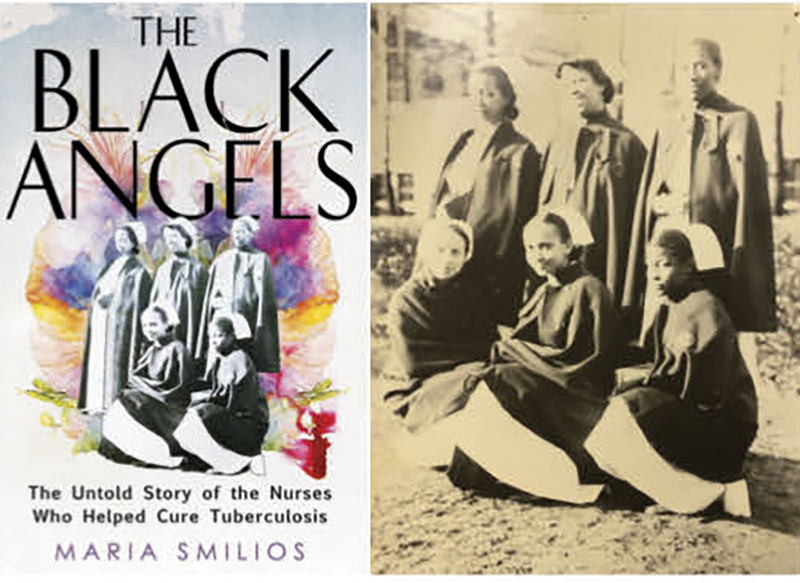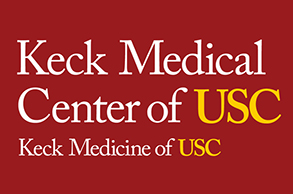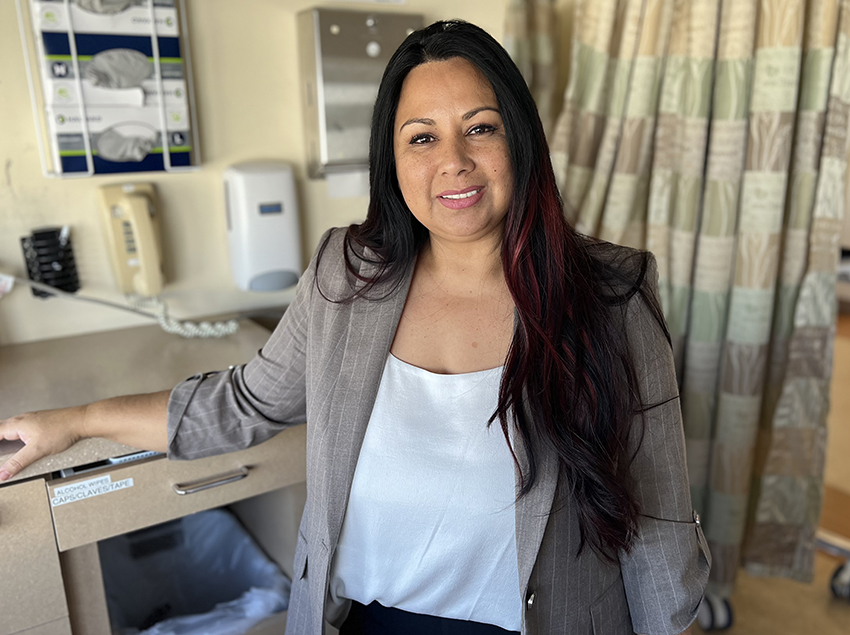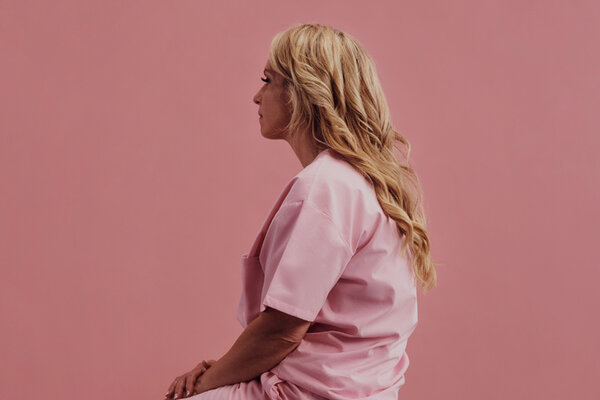Nursing Book Club
The Black Angels by Maria Smilios
The Untold Story of the Nurses Who Helped Cure Tuberculosis

In 2015, Maria Smilios was a biomedical editor at Springer Publishing when she stumbled upon the statement, “The cure for tuberculosis was found at Sea View Hospital in Staten Island.”
Intrigued, Smilios spent seven years researching the full story of Sea View, and discovered the Black nurses, called “Black Angels,” who played a pivotal role in the hospital’s work. The result is an amazing history of an eventful period for nursing, race relations, disease pathology, and the quest to cure TB.
At the turn of the last century, 10,000 people a year were dying of tuberculosis in New York City alone. Many languished with fevers or underwent grisly medical procedures in hopes of stopping the advance of the disease. On average, patients suffered for 270 days before their deaths.
In an effort to limit the spread of the disease, the New York City health commissioner proposed treating all of the city’s tuberculosis patients in a single hospital rather than in multiple tuberculosis wards. The result was Sea View Hospital on Staten Island, built in 1914, which eventually grew to eight buildings, plus a residence for staff nurses.

























